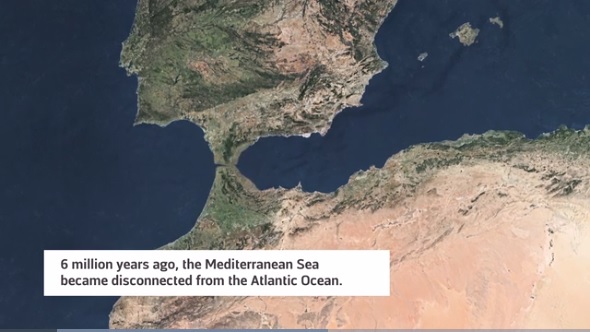Climate science
-

Live Science has an interesting story this week about how scientists are using artwork from past years to study the atmospheric content of particles put out by erupting volcanoes. According to the story, by looking at the color of the sky in the paintings, they can determine the scattering properties of the aerosols, such as…
-

Most weather forecasts are pretty good at up to a week out, and even general trends to 10 days or more can be helpful for planning purposes. Climate forecasts for general patterns several months out can also be good, especially when there is a strong El Niño or La Niña event occurring. But in the…
-

Unlike older physical sciences like physics and chemistry, atmospheric sciences developed most of its theories in the 20th century, especially after the start of the aviation industry, when a three-dimensional picture of the atmosphere was needed to navigate safely. One of the puzzles in early weather forecasting was why it took longer to fly from…
-

Today marks the 60th anniversary of the Keeling Curve, which showed (and is still showing) the increase in carbon dioxide in the atmosphere as measured at Mauna Loa Observatory. We passed the 400 ppm mark in 2013 and the carbon dioxide levels are continuing to grow at an increasing rate (with the seasonal variation overlaid…
-

As a kid I remember reading a book about the refilling of the Mediterranean Sea after the strait at Gilbraltar was closed up for millions of years, keeping Atlantic Ocean water from entering the basin. Today I saw two separate stories about the Mediterranean Sea and paleoclimate, one based on the story I mentioned above…
-

If you like to look at clouds, you might already know that the type of clouds you see can give you some clues as to what kind of weather that are likely to occur. Here is a short article from The Conversation which describes six different types of clouds and what they can tell us…
-

A new study linking extreme winter weather in the U.S. East with a warmer Arctic has drawn fire from some global warming skeptics. Some argue the record is too short to make good conclusions, and others say that correlation is not the same as causation. How do we know if this study is accurate? Are…